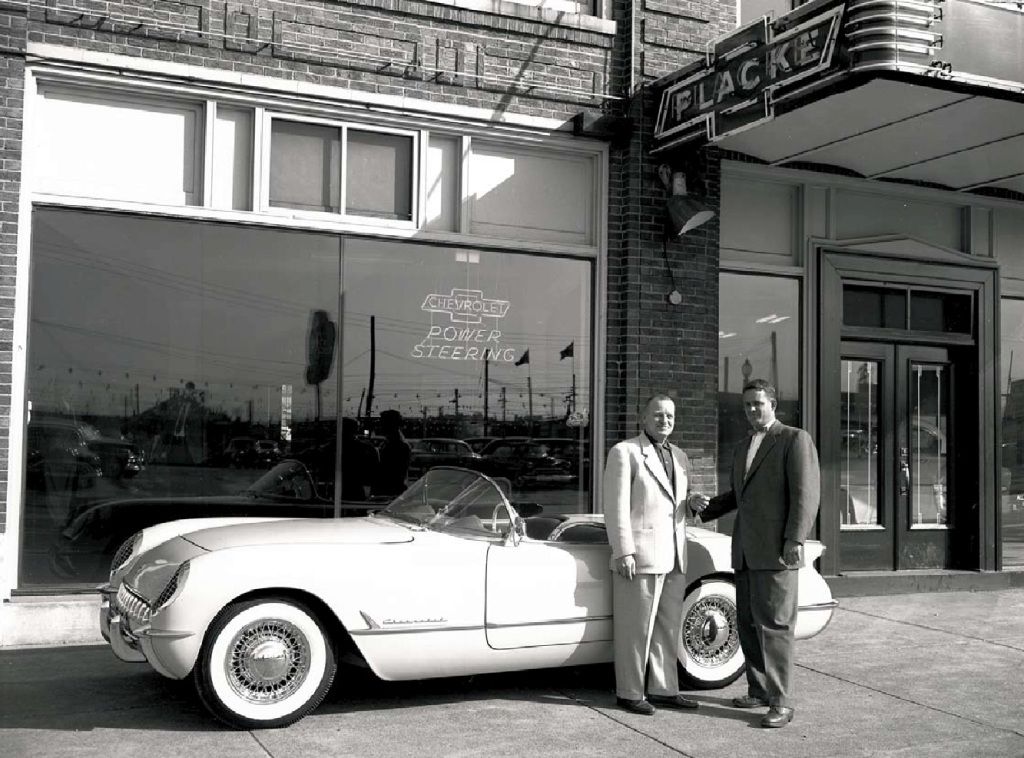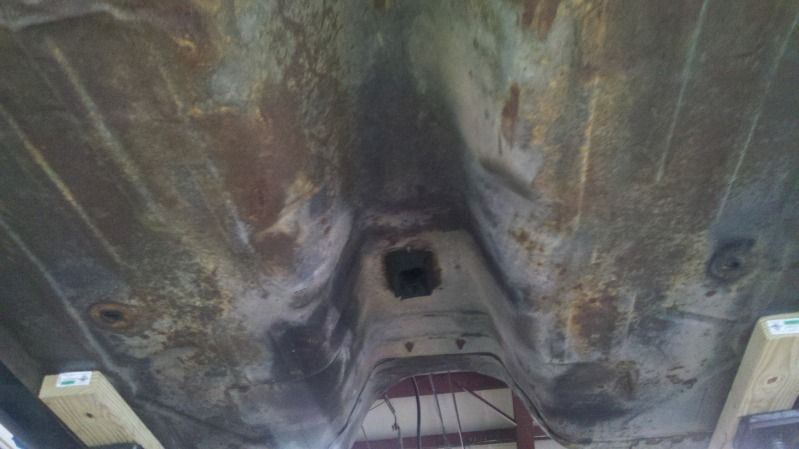I finally found an inexpensive fuel line support bracket on EBay. I bought it and it came in today. Hurray!!!
15 minutes ago, I was checking a few things on CRG, and according to JohnZ, “The added fuel line clip/bracket didn’t start until around July/August 1969.”
That means I shouldn’t have it on the Z.
The CRG thread is here, but you need to be registered to be able to see the pictures: http://www.camaros.org/forum/index.php?topic=9906.msg72697
JohnZ also has an excellent picture of the passenger side of his carb in reply #2 here:
http://www.camaros.org/forum/index.php?topic=9379.0
Update….5/1/2014 The fuel line brackets that have a triangle with a PR in them are reproductions made by Paragon Reproductions.
That means the one that sold for $504 on EBay is worth exactly $22.00. Holy Moly.
The original ones say “Stamp Rite” on them. The CRG thread with all the info is here: http://www.camaros.org/forum/index.php?topic=12107.0;all

